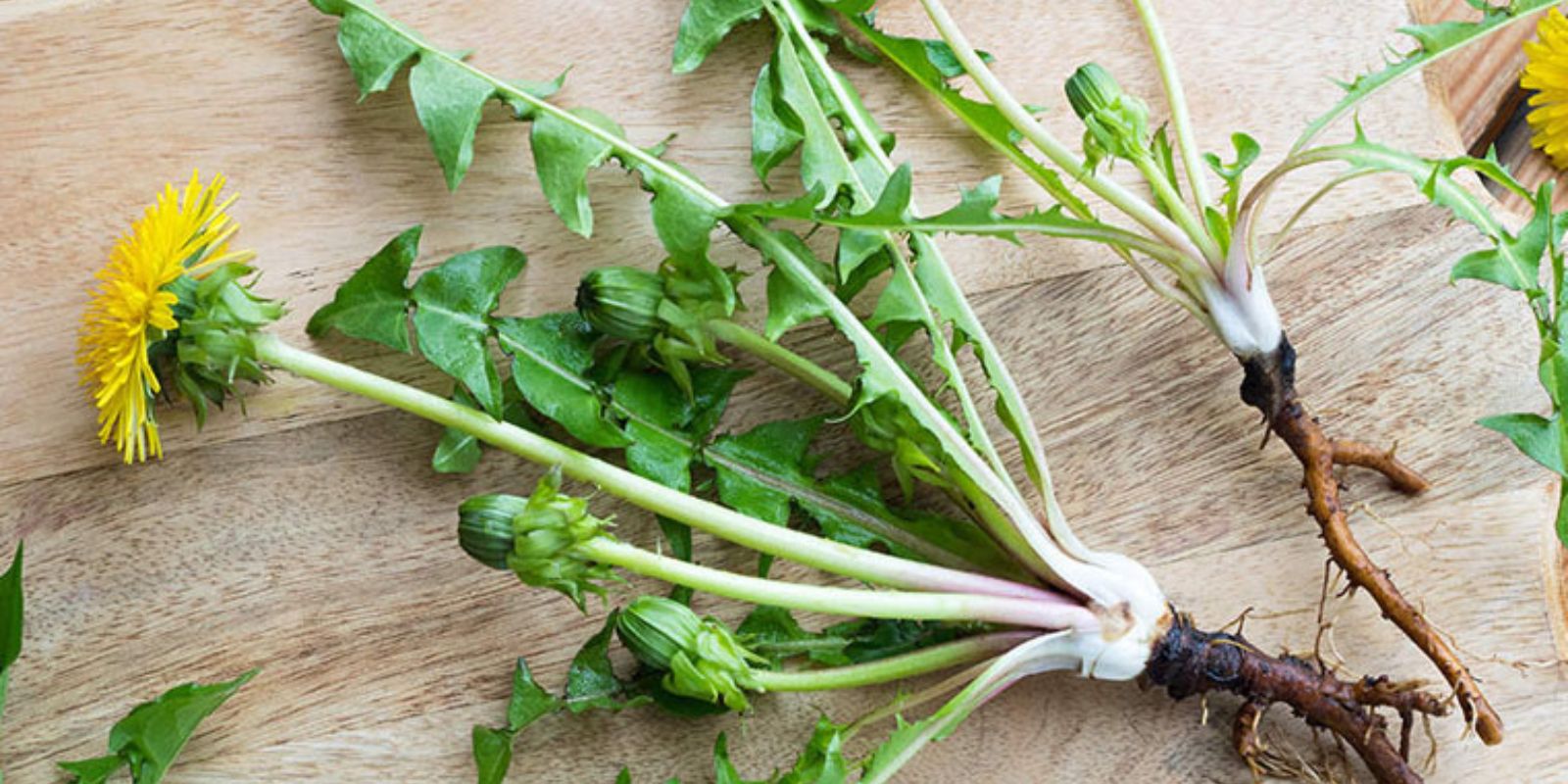Introduction
Often dismissed as a mere garden weed, the humble dandelion is one of nature’s most underrated gifts. While its cheerful yellow flowers and fluffy seed heads are widely recognized, few people realize that its roots hold exceptional medicinal and practical benefits. Rich in nutrients and healing properties, dandelion roots have been used for centuries in traditional medicine and can be a game-changer for those seeking natural remedies.
In this article, we will explore the fascinating properties of dandelion roots, their benefits, and how to harvest, prepare, and use them effectively.
Why Dandelion Roots Are Special
1. A Nutritional Powerhouse
Dandelion roots are packed with essential nutrients, including:
- Inulin: A prebiotic fiber that supports gut health.
- Vitamins and Minerals: High in potassium, magnesium, and vitamin K.
- Antioxidants: Help combat oxidative stress and inflammation.
2. Health Benefits
The roots are prized for their wide range of therapeutic uses:
- Supports Liver Health: Dandelion root tea is a natural detoxifier, helping the liver filter toxins more effectively.
- Promotes Healthy Digestion: The inulin content acts as a prebiotic, nourishing beneficial gut bacteria.
- Reduces Inflammation: Its antioxidant properties may alleviate chronic inflammation.
- Regulates Blood Sugar: Preliminary studies suggest it can help stabilize blood sugar levels.
3. Eco-Friendly Garden Use
Beyond health benefits, dandelion roots can be composted to enrich garden soil, making them a sustainable option for eco-conscious gardeners.
How to Harvest Dandelion Roots
Dandelion roots are most potent when harvested at the right time and handled correctly. Here’s how to do it:
1. Best Time to Harvest
- Early Spring or Late Fall: These are the seasons when the roots contain the highest levels of nutrients, as the plant focuses its energy underground.
2. Choose the Right Location
- Harvest from areas free of pesticides and pollution, such as wild meadows or your organic garden. Avoid roadsides and chemically treated lawns.
3. Tools You’ll Need
- A small shovel or garden fork to loosen the soil.
- Gloves to protect your hands during harvesting.
4. Harvesting Steps
- Loosen the soil around the base of the dandelion.
- Gently pull up the entire plant, ensuring the root remains intact.
- Shake off excess dirt and rinse the roots thoroughly under running water.
Preparing Dandelion Roots
Once harvested, the roots need to be processed for use.
1. Drying the Roots
Drying is the best way to preserve dandelion roots for long-term use:
- Slice the roots into thin pieces.
- Spread them out on a clean, dry surface in a well-ventilated area.
- Allow them to air dry for 1–2 weeks or use a dehydrator for faster results.
2. Storing the Roots
Store dried dandelion roots in an airtight container in a cool, dark place. They can last up to a year when properly stored.
3. Using Fresh Roots
If you prefer to use fresh roots, simply clean them thoroughly and use immediately in teas or recipes.
How to Use Dandelion Roots
1. Dandelion Root Tea
A popular way to enjoy dandelion roots is by making tea:
- Ingredients:
- 2 tablespoons of dried dandelion root
- 2 cups of water
- Instructions:
- Boil the roots in water for 10–15 minutes.
- Strain and enjoy hot or cold.
2. Coffee Substitute
Roasted dandelion roots make an excellent caffeine-free coffee alternative:
- Roast dried roots in the oven at 200°F (90°C) until dark and aromatic.
- Grind them into a powder and brew as you would coffee.
3. Culinary Uses
Chopped fresh dandelion roots can be added to soups, stews, and stir-fries for a nutrient boost.
4. Skincare Remedies
Make a soothing dandelion root balm for skin irritations by infusing the dried roots in carrier oils like coconut or olive oil.
Benefits for the Garden
Dandelion roots aren’t just useful for humans; they can also play a role in improving your garden:
1. Soil Aeration
Dandelion roots naturally aerate compact soil as they grow, making it easier for other plants to thrive.
2. Compost Enrichment
Add leftover roots to your compost pile for a nutrient-rich boost. They decompose quickly, releasing potassium and other minerals into the compost.
3. Attracting Pollinators
By leaving a few dandelions in your garden, you’ll attract bees and other pollinators, essential for a healthy ecosystem.
Myths and Misconceptions About Dandelion Roots
1. “They’re just weeds.”
Dandelions are actually a valuable herb with centuries of medicinal use. Treating them as weeds undervalues their potential.
2. “They’re invasive.”
While dandelions are hardy and spread easily, their benefits far outweigh their invasive tendencies. Manage their growth responsibly, and you’ll reap the rewards.
Sustainable Foraging Tips
When harvesting dandelion roots, sustainability is key to preserving their role in the ecosystem:
- Leave Some Plants: Always leave a portion of the dandelion population to maintain biodiversity.
- Avoid Overharvesting: Take only what you need, especially in areas where dandelions are sparse.
Why You Should Embrace Dandelions
Dandelion roots symbolize resilience and hidden potential. While often overlooked, they offer numerous health and garden benefits that make them a valuable resource. By incorporating dandelion roots into your routine, you’re not only utilizing a natural remedy but also contributing to a more sustainable way of living.
Conclusion
Dandelion roots are a hidden gem waiting to be rediscovered. From supporting liver health to enhancing your garden, their uses are as versatile as they are beneficial. With minimal effort, you can harvest, prepare, and enjoy the many advantages of this remarkable plant.
So next time you see a dandelion, don’t pull it out and toss it aside. Instead, harvest the roots and unlock the incredible potential of this misunderstood plant.
🌼 #DandelionRoots #NaturalHealing #WildHarvesting #GardeningTips #SustainableLiving #HerbalRemedies #EcoFriendlyGardening #NatureKnowsBest #HiddenTreasures

